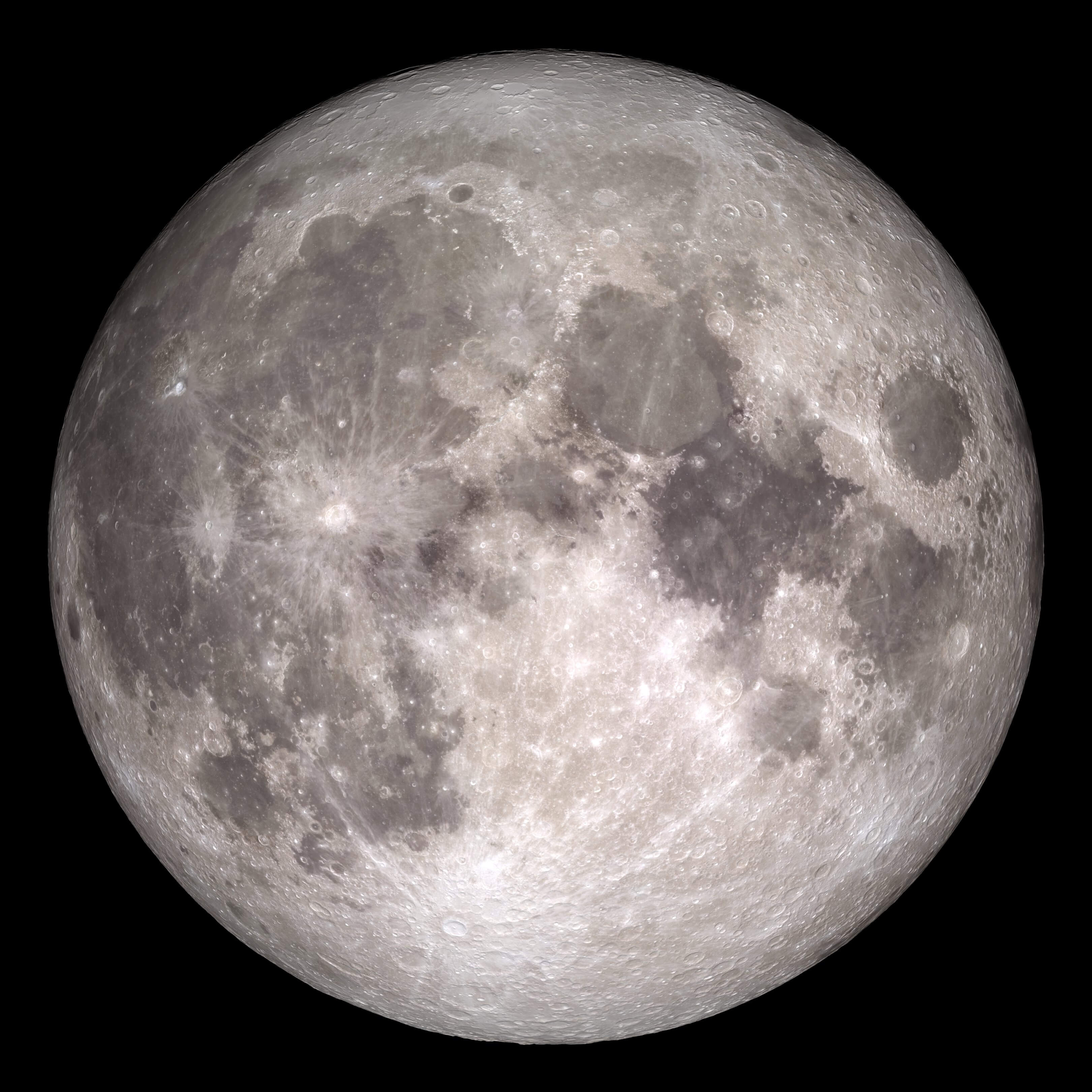
NASA just bought the rights to four batches of future moon samples for the low, low price of $25,001.
The space agency inked deals with four companies that will collect lunar rock and dirt in the next few years and then sign the material over to NASA. The contracts are designed to get the ball rolling on the extraction, sale and use of off-Earth resources, which agency officials stress are key to extending humanity's footprint into the final frontier.
"We think it's very important to establish the precedent that private-sector entities can extract, can take these resources, and NASA can purchase and utilize them to fuel not only NASA's activities but a whole new dynamic era of public and private development in exploration on the moon and then, eventually, to Mars," Mike Gold, NASA’s acting associate administrator for international and interagency relations, told reporters during a teleconference today (Dec. 3).
Related: NASA's full plate of moon missions before astronauts can go
NASA has not yet made plans for the retrieval of the collected samples, and it's unclear if the material will be brought to Earth, agency officials said. (NASA already has a lot of moon rocks here; the Apollo missions hauled home 842 lbs., or 342 kilograms, of lunar material between 1969 and 1972.)
The four companies, and their contract awards, are Masten Space Systems of Mojave, California ($15,000); ispace Europe of Luxembourg ($5,000); ispace Japan of Tokyo ($5,000); and Colorado-based Lunar Outpost ($1).
The funding is so low because NASA is paying solely for the collected material, without footing the bill for any of the companies' development costs, agency officials said.
Get the Space.com Newsletter
Breaking space news, the latest updates on rocket launches, skywatching events and more!
Masten, ispace Europe and Lunar Outpost all plan to collect their samples from the moon's south polar region, where the three companies aim to land in 2023. Masten will use its XL-1 lander, ispace Europe will rely on its Hakuto-R lander and Lunar Outpost's robot will apparently hitch a ride to the lunar surface aboard Blue Origin's Blue Moon lander, NASA officials said today.
Hakuto-R is also the lander of choice for ispace Japan, which will collect samples from Lacus Somniorum, a site on the northeastern near side of the moon, following a planned touchdown there in 2022.
Each set of snagged samples will weigh between 1.8 and 18 ounces (50 to 500 grams), according to a request for proposals that NASA released in September. The four companies will provide imagery of the samples, as well as data that identifies where it was collected.
"Subsequent to receiving such imagery and data, an 'in-place' transfer of ownership of the lunar regolith to NASA will take place," agency officials wrote in a statement today. "After ownership transfer, the collected material becomes the sole property of NASA for the agency’s use under the Artemis program."
Artemis is NASA's ambitious program of crewed lunar exploration, which aims to land two astronauts near the south pole in 2024 and establish a long-term, sustainable human presence on and around the moon by 2028.
The newly announced contracts deepen Artemis' ties with international and private-sector partners, which were already substantial. For example, NASA will rely on private landers to put Artemis astronauts down on the moon in 2024 and beyond, and to carry robotic payloads to the lunar surface ahead of those landmark crewed touchdowns.
NASA has also begun putting together an international moon-exploring coalition, which is formalized via a set of principles known as the Artemis Accords. Nine nations have signed the Accords to date, clearing the way for them to participate in the Artemis program. Japan and Luxembourg are among the signatories, though ispace Japan and ispace Europe would still have been eligible for the newly awarded NASA contracts even if their home nations had not signed, agency officials said today.
NASA received 22 proposals in response to the September request, agency officials said. Fourteen of the 22 were deemed "not acceptable" for cost or technical reasons, leaving a pool of eight eligible finalists that was winnowed to four awardees.
NASA will pay each selected company 10% of its award upon signing, 10% upon launch and 80% when the collected sample is officially transferred to NASA. So Lunar Outpost will receive two checks for 10 cents apiece, and a third for 80 cents.
NASA officials stressed that the coming activities will be conducted in compliance with the Outer Space Treaty (OST), the 1967 document that forms the basis of international space law. The OST prohibits nations from claiming sovereignty over off-Earth territory but, most experts and exploration advocates say, does not bar the use and sale of cosmic resources.
Mike Wall is the author of "Out There" (Grand Central Publishing, 2018; illustrated by Karl Tate), a book about the search for alien life. Follow him on Twitter @michaeldwall. Follow us on Twitter @Spacedotcom or Facebook.
Join our Space Forums to keep talking space on the latest missions, night sky and more! And if you have a news tip, correction or comment, let us know at: community@space.com.

Michael Wall is a Senior Space Writer with Space.com and joined the team in 2010. He primarily covers exoplanets, spaceflight and military space, but has been known to dabble in the space art beat. His book about the search for alien life, "Out There," was published on Nov. 13, 2018. Before becoming a science writer, Michael worked as a herpetologist and wildlife biologist. He has a Ph.D. in evolutionary biology from the University of Sydney, Australia, a bachelor's degree from the University of Arizona, and a graduate certificate in science writing from the University of California, Santa Cruz. To find out what his latest project is, you can follow Michael on Twitter.









